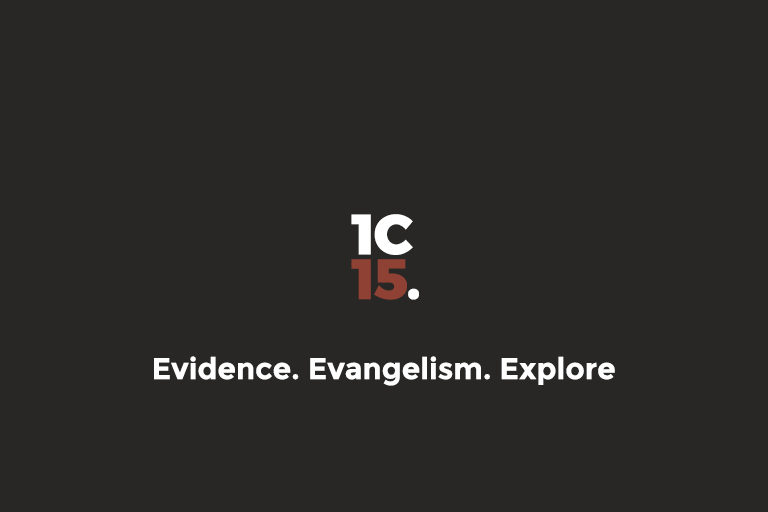Dr. Candy G Brown & Mozambique

Extracted from Lee Strobel's: Case For Miracles
To go to a place that is reporting clusters of healing, Brown and her team flew to Mozambique, where reports of miracles are more common. Located on the southeast coast of Africa, this desperately poor nation of twenty-five million people underwent a devastating civil war from 1977 to 1992. Slightly half of the country is Christian, 18 percent are Muslims, and the rest have animism beliefs or don’t claim any religion at all.
Mozambique fits the four characteristics that Christian author Tim Stafford said are often shared by places where there are outbreaks of the supernatural:
- There’s illiteracy. Miracles show God’s power without language.
- People don’t have a framework in their culture for such theological concepts as sin and salvation. “Miracles demand attention even if you don’t yet grasp the nature of your problem and God’s redemption,” Stafford wrote.
- There’s limited medical care, making miracles the only recourse for the afflicted.
- The spirit world is very real to people, and “a conflict of spiritual powers is out in the open.”
Brown’s team worked with Heidi and Rolland Baker, charismatic missionaries serving in Mozambique for more than twenty years. They have described how healing miracles have accompanied the spread of the gospel there. Brown focused on the healing of blindness and deafness (or severe vision or hearing problems), which aren’t particularly susceptible to psychosomatic healings.
Her team used standard tests and technical equipment to determine the person’s level of hearing or vision immediately before prayer. After the prayers were concluded, the patient was promptly tested again. The length of the prayer varied, from one minute to five or ten minutes usually, but it always involved touching, for instance, there was a woman who couldn’t see a hand in front of her face at a foot away. Heidi Baker put her arms around her; she smiled at her, hugged her, cried, prayed for one minute—and afterward the woman was able to read.
In all there were twenty-four subjects who received prayer. The results? After prayer, they found highly significant improvements in hearing and statistically significant improvements in vision. They saw improvement in almost every single subject we tested.
For example, before prayer, she had no response at 100 decibels in either ear, which meant she couldn’t hear a jackhammer if it were being used next to her. After prayer, she responded at 75 decibels in her right ear and 40 decibels in her left ear, which meant she could make out conversations. After a second prayer, Martine’s eyesight improved from 20/400 to 20/80 on the vision chart. This would mean she was legally blind initially, but after prayer was able to see objects from twenty feet away in the same way a person with normal vision can see that object from eighty feet away.
often the recipients reported feeling heat, cold, or even tingling or itching during prayer.
Other miracles they recorded were published in a peer-reviewed Southern Medical Journal. It was prospectively done. It was rigorous. It was a within-subjects design—a standard approach to psychophysical studies published in the flagship Science magazine and elsewhere. They used the correct equipment also. They had a trained research team, statistically significant results and the validity of the study was evaluated as being scientifically sound by the journal that published it.
Read the paper
- https://pdfs.semanticscholar.org/9c68/aaab0d5902cef43d1fcc015eb59305f1dd1f.pdf
- https://scholarworks.iu.edu/dspace/handle/2022/14131
- Lee Strobel, Miracles


